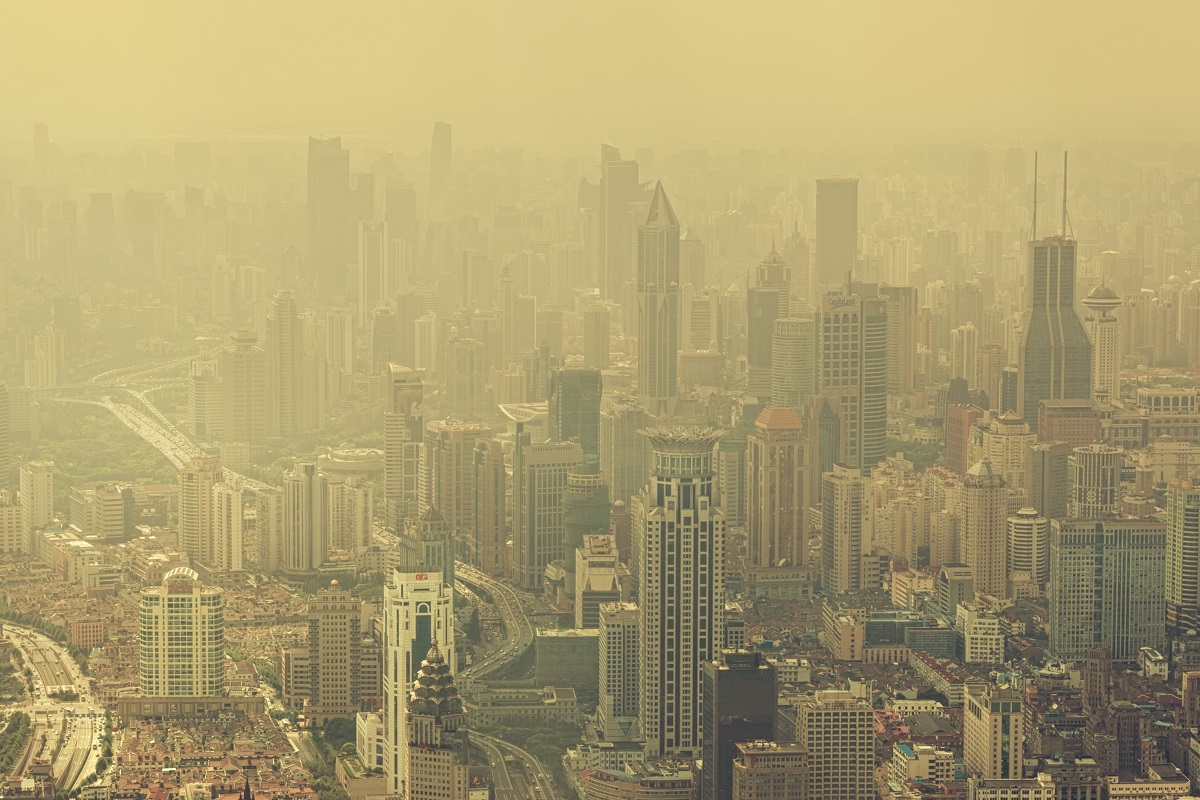By Kamran Nayeri, April 1, 2023
The existential crises facing humanity are anthropogenic, either obviously so nuclear holocaust or there is scientific consensus that they are like climate change, the Sixth Extinction, and recurrent pandemics. In this book, I have argued that they are all caused by the anthropocentric industrial capitalist civilization. In this appendix, I will provide data from the recent economic history to show how global warming, hence climate change caused by increasing greenhouse gas emissions. In particular, I show how carbon dioxide (CO2) concentration in the atmosphere correlated with the advent of the English industrial revolution (1780-1840) and the spread of industrialization globally ever since.
There is widespread denial in the climate movement of any role "capitalism" might have played in the climate crisis. Just recently, a fellow climate activist in Sonoma County Climate Activist Network (S0CoCan!) in northern California asked for a discussion on how to go before the Board of Directors of the Exxon-Mobile Corporation to convince them to stop exploring, drilling, refining, and selling oil and gas. In fact, since 2016, when I begin participating in Sonoma County climate activist groups, I have brought up this argument in a number of times. Even though there are individuals in the group that openly support “capitalism,” not a single voice has ever been raised in response to my argument. There has also been no expressed interest in discussing this or in my proposal that we need to work toward a self-organized and self-mobilized movement of working people to stop the climate crisis. The national leadership of the climate movement has followed the same “strategy” of supporting “climate-friendly” politicians.
The following charts summarize some key features of modern economic history. Chart 1 shows the growth of the World Gross Domestic Product (World GDP), the annual market value of all goods and services produced in the world, which has increased exponentially since the advent of the English industrial revolution 1770-1840.
Chart 1. Exponential increase in world GDP in the modern era
Chart 2 shows the exponential or rapid increase in per capita GDP by economic regions. These countries for each region are selected for their different degrees of industrialization and availability of data.
Chart 2.
Chat 3 shows how during this period, the world population has also increased exponentially.
Chart 3.
Charts 4 and 5 show the rapid or exponential rise in food and energy consumption after World War II.
Chart 4. The rapid increase in per capita food consumption
Chart 5. The exponential rise in energy consumption by source
Chart 6 shows how the wealth expropriated by the capitalist system has largely accumulated in the U.S., Europe, Asia Pacific, and now China.
Chart 6. World Wealth by Region in 2018
Finally, Chart 7 shows the exponential rise in carbon dioxide concentration in the atmosphere that follows the spread of industrialization and related factors, as discussed earlier.
Chart 7. Annual World CO2 Emission
In combination, these charts tell a powerful story. With the advent of English capitalist industrialization and its spread across the world, the expropriation of wealth from nature through the exploitation of the working people has intensified many folds. Before the industrial revolution, humanity relied on sunshine, burned wood, straw, and dried dung for energy. The wind was used in sailing and water, and wind-powered simple machines grounded the grain and pumped water. Draft animals were used in land transport and farming. While there were ecological and environmental crises, some of which brought down civilizations, the impact was still local or regional. With the advent of the anthropocentric industrial capitalist civilization, the crises have become global and, in some cases, like climate change, existential.
In the capitalist world economy, firms produce to make a profit and pursue expanded capital accumulation to amass wealth. However, profits generated in the process of production must be realized upon sale. The process of expanded (re)production requires not only the intensification of the exploitation of labor power but also the expansion of the labor force and consumer and capital markets. Thus, the population needs to increase. The charts show that since 1800 world population has grown exponentially as commodity markets, especially the consumption of food and energy, have expanded, supported by increasing per capita GDP and increasing life expectancy due to improvements in public health since the nineteenth century and the general introduction and use of antibiotics since the mid-twentieth century.
By the end of World War II, the geological epoch, the Holocene, which began 11,650 years ago, has been giving way to the Anthropocene (The age of humankind). The Anthropocene, dated by some geologists to have begun after World War II, has been accompanied by the Great Acceleration: the exponential growth of human population, urbanization, real G.D.P. growth, foreign direct investment, primary energy use, large dams, air travel and tourism, water use, paper production, fertilizer consumption, transportation, telecommunications, emission of carbon dioxide, methane, nitrogen dioxide, surface temperature, stratospheric ozone, marine fish capture, ocean acidification, coastal nitrogen, shrimp aquaculture, tropical forest loss, domesticated land, and terrestrial biosphere degradation.
Thus, accelerating ecological crises, especially existential ones, are rooted in the anthropocentric industrial capitalist civilization.

.png)

.png)




No comments:
Post a Comment